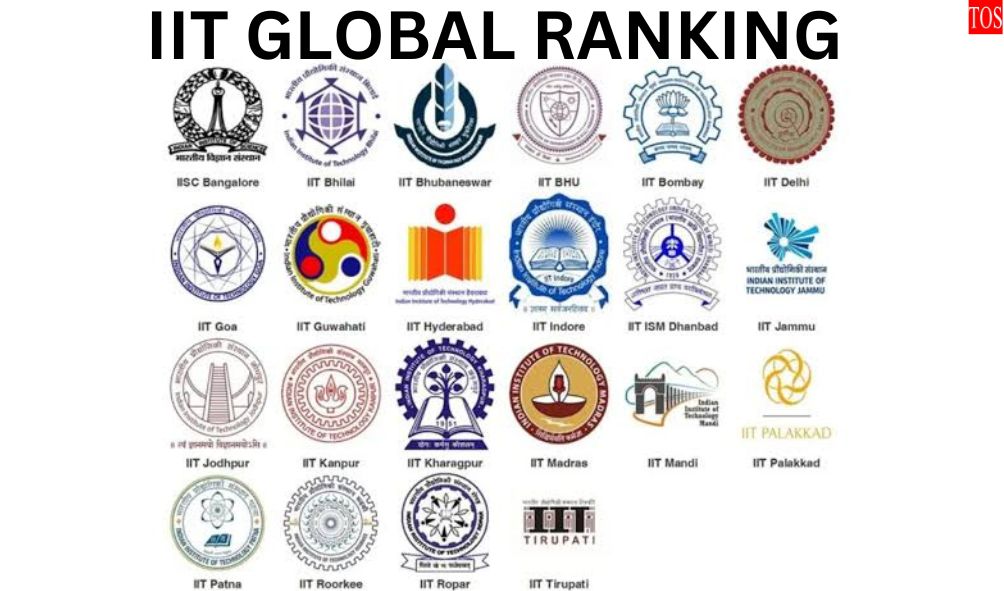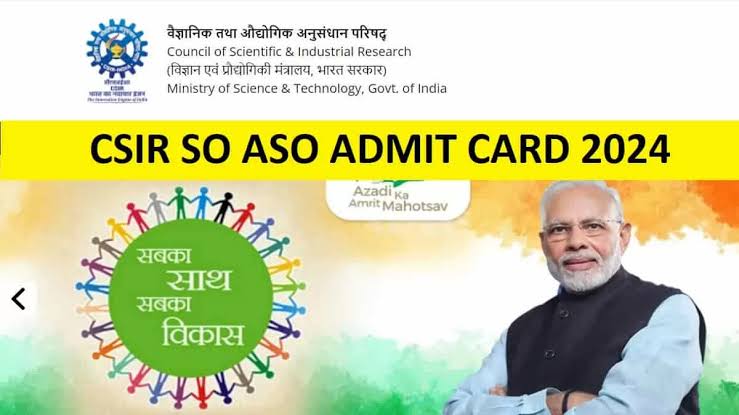Year in review 2023 – A Glimpse into the Performance of IITs in Global Rankings

In a year marked by dynamic shifts in the educational landscape, the performance of Indian Institutes of Technology (IITs) in global rankings has been both promising and challenging. The latest rankings, as per the QS (Quacquarelli Symonds) World University Rankings, showcase a mixed bag of successes and setbacks for several IITs.

Image taken from: The Indian Express
IIT Bombay’s Remarkable Resurgence:
IIT Bombay, which experienced a dip in its position from 172 in 2021 to 177 in 2022, made a remarkable comeback in 2023 by reclaiming the 172nd position. The institute didn’t stop there and soared to the 149th rank in 2024, marking its entry into the prestigious top 150 club. This achievement stands out as a testament to IIT Bombay’s academic excellence and global recognition.
IIT Delhi’s Fluctuating Trajectory:
On the other hand, IIT Delhi, which showed improvement in the past few years, faced a setback in 2024, slipping to the 197th spot. Despite consistent efforts to climb the ranks from 193 in 2021 to 174 in 2023, the institute encountered a temporary dip this year.
IIT Kharagpur’s Notable Performance:
IIT Kharagpur, despite a slight dip in rank from 271 to 272, secured the third position among IITs, showcasing resilience and maintaining a strong global presence. This contrasts with other institutions like IIT Kanpur, which experienced a fluctuating journey from 350 in 2021 to 277 in 2022, 264 in 2023, and a slight decline to 278 in 2024.
IIT BHU’s Surprising Surge:
IIT BHU emerged as a notable performer, leaping nearly 80 positions in the rankings. From a band between 651 to 700 in the previous year, the institute secured the 571st position in 2024, a testament to its dedication to academic excellence.
QS Senior Vice President’s Perspective:
Addressing the fluctuations in rankings, QS Senior Vice President Ben Sowter emphasized that a drop doesn’t necessarily indicate a reduction in quality. He acknowledged that the competitive nature of rankings means that other universities may be advancing rapidly or high-quality institutions are making their debut.
Challenges and Opportunities for IITs:
Sowter highlighted areas for potential improvement based on the QS ranking analysis. He pointed out that IITs face challenges related to student and faculty scale and diversity. The drop in faculty/student ratio raises considerations about teaching resources, while declines in international student and faculty ratios suggest opportunities for enhancing on-campus diversity and inclusivity.
IITs’ Commitment to Improvement:
In response to these challenges, IIT Guwahati expressed its commitment to improving the student-faculty ratio. The institute is actively working on targeted recruitment strategies and investing in qualified faculty members to provide students with individualized attention, mentorship, and collaborative research opportunities.
As the academic landscape evolves, the IITs remain at the forefront of global education, navigating challenges and seizing opportunities for continuous improvement.



